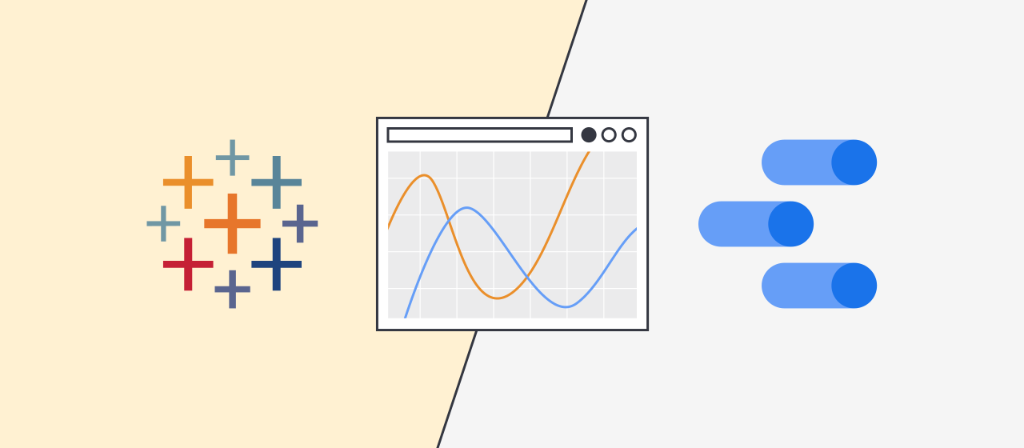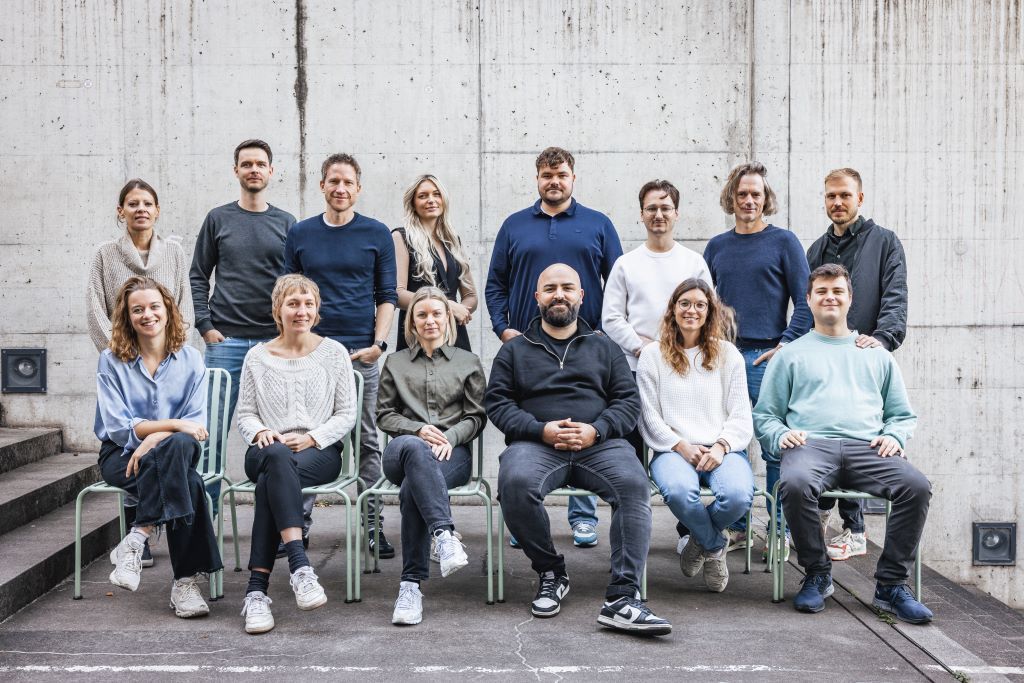Before you can start visualising data, the question of the right tool arises. As everywhere, there are different providers with various advantages and disadvantages. At zweipunkt, we rely on Tableau and Google Data Studio (new: Looker Studio) for data visualisation. The decision as to which tool should be used in a specific case depends on the relevant customer and use case requirements. To give you an overview of the different features of Tableau and Looker Studio, we have created a comparison of the most important features of the tools below.
October 03, 2022
Tableau vs Looker: A comparison of two visualisation tools

